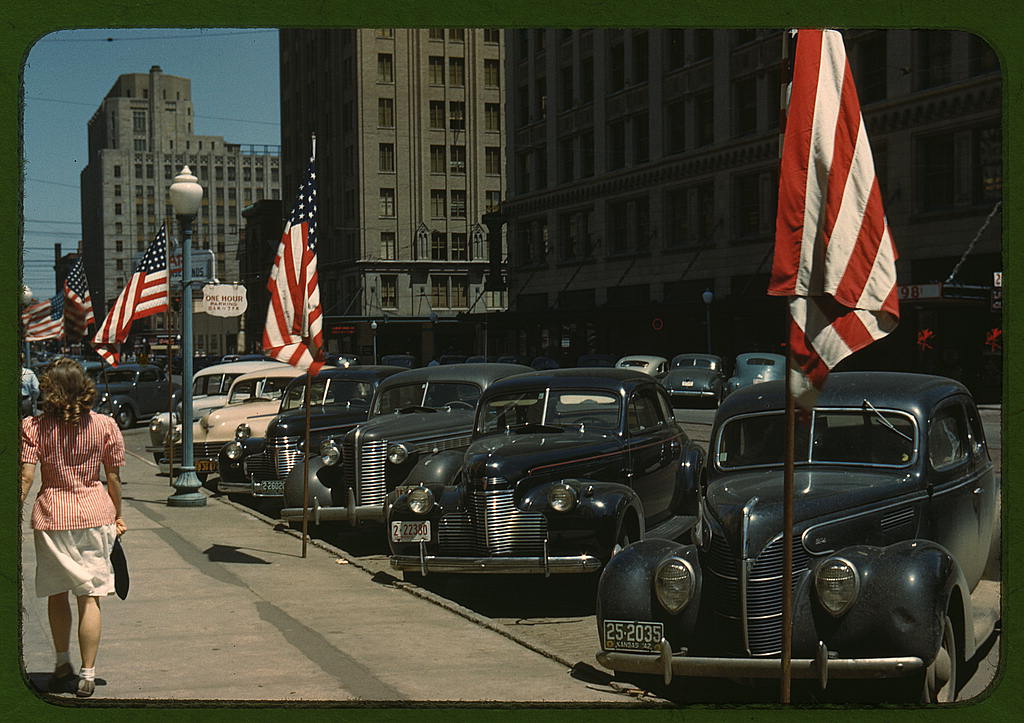
Article Summary: National Parks Near Lincoln
National Parks near Lincoln! There’s so much more to the Cornhusker State than football on a Saturday night.
In this article, we’ll familiarize you with the incredible national parks that are within a day’s drive of downtown Lincoln.
There are 4 national park sites for you to see on your next visit.
I’ve been to so many of these amazing places since retiring from teaching in 2018. Did I mention that I taught history? I spent a lifetime teaching about the history behind these momentous sites. Then I got to see them firsthand. And now I’m sharing the stories of these incredible places with you. It doesn’t get any better than that!
Lincoln is the state capital of Nebraska; it is home to the Nebraska State Capitol and the University of Nebraska. The city is known for its strong sense of community and its many cultural and recreational opportunities.
And let’s not forget about those fabulous national parks that are a day’s drive (or less) from the city.
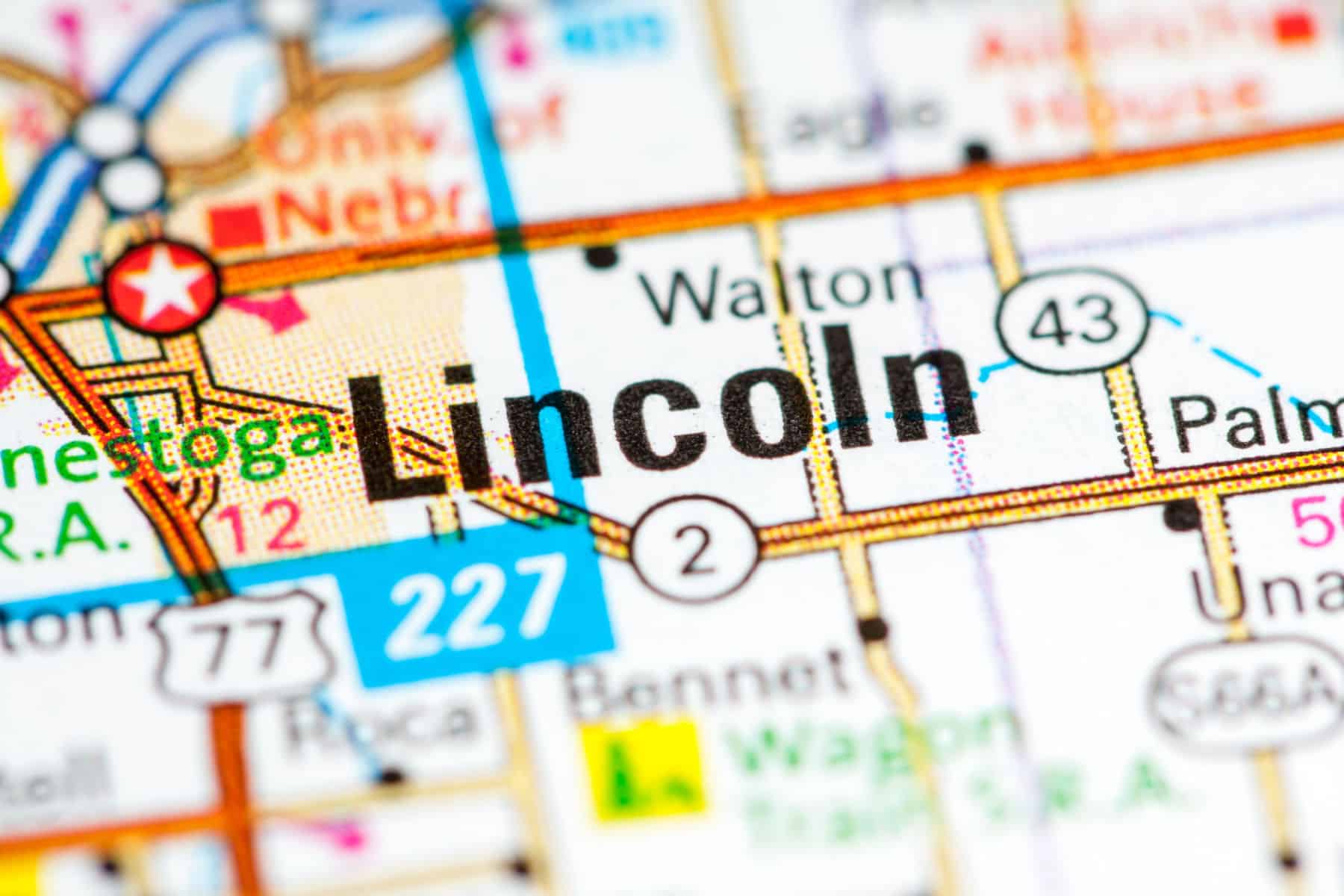
So, What Is A National Park?
We get asked that question a lot because there’s a difference between a “national park” and a “national park site.” To help you understand that difference you might want to check out our article titled: What Is A National Park Really?
If you’re planning a trip to the Lincoln area then one book that I highly recommend is: A Walking Tour of Lincoln, Nebraska by Doug Gelbert.
Now let’s go ahead with 4 reasons why you’ll want to hop in your car and make a day’s drive from Lincoln to one of these truly amazing places.
Table Of Contents: National Parks Near Lincoln
Best National Parks Near Lincoln
1. Homestead National Historical Park
Distance From Lincoln: 50 minutes US-77 S/Homestead Expy.
So much history! So little time! But where to begin?
Homestead National Historical Park is dedicated to preserving the history of homesteading in America.
The park contains several historic structures, including a sod house, a schoolhouse, and a blacksmith shop, which provide visitors with a glimpse into the life of homesteaders in the late 19th and early 20th centuries.
It also includes a museum, hiking trails, and various educational programs and events. It was established in 1936 and covers an area of 2115 acres.
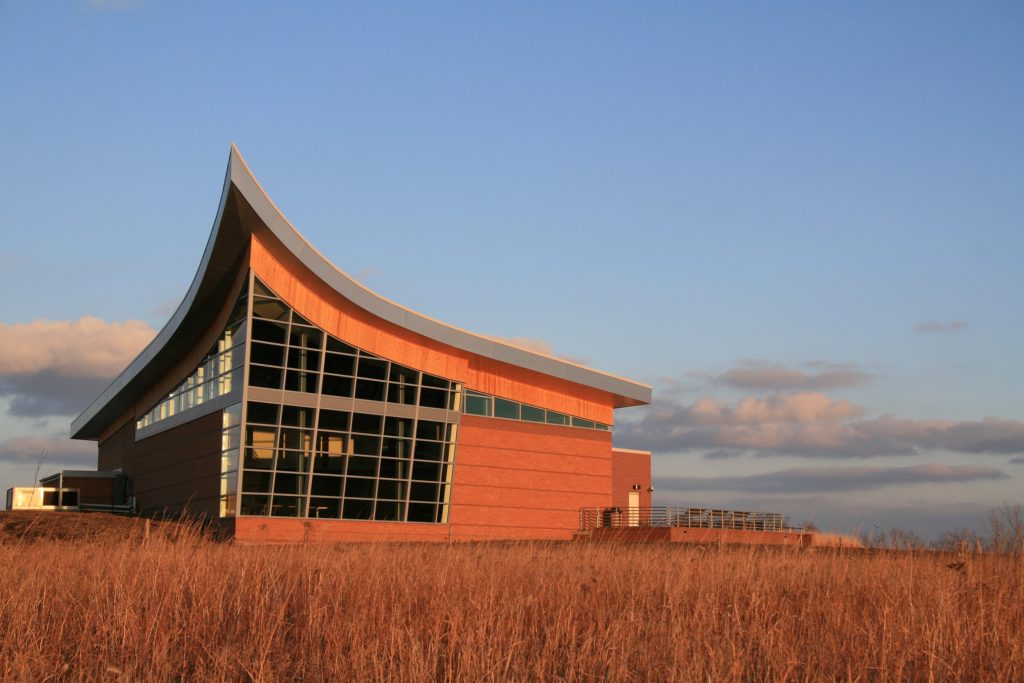
The Homestead Acts
If you’re unfamiliar with the history of this place then have no fear. As a retired history teacher, I’m also looking to do a quick history lesson. So, here we go!
The Homestead Acts were laws in the United States by which an applicant could acquire ownership of public land which was typically called a homestead.
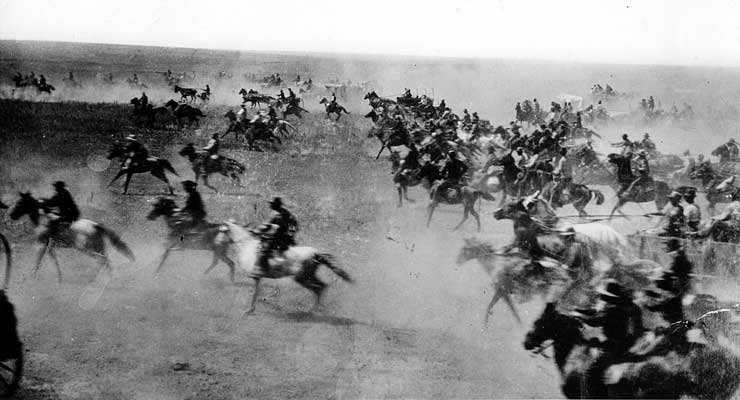
CHECK OUT: 5 MUST-SEE HISTORIC SITES IN OKLAHOMA
It Allowed Nearly Any Man Or Woman A “Fair Chance”
By granting 160 acres of free land to claimants, it allowed nearly any man or woman a “fair chance.” It was our government’s way of giving its citizens the opportunity to have a better life and a brighter future provided they were willing to work the land.
The Homestead Acts opened up America’s public lands to homesteaders who were looking to build a place to live and work. One of the most famous was the Oklahoma Land Rush of 1889.
At Homestead National Historical Park, visitors learn about many aspects of the homesteading story. An exhibit titled “Opportunity and Displacement” discusses how land laws affected Native Americans.
If you’re interesting in learning more about this fascinating period in American history then I recommend Dreams to Dust: A Tale of the Oklahoma Land Rush by Sheldon Russell.
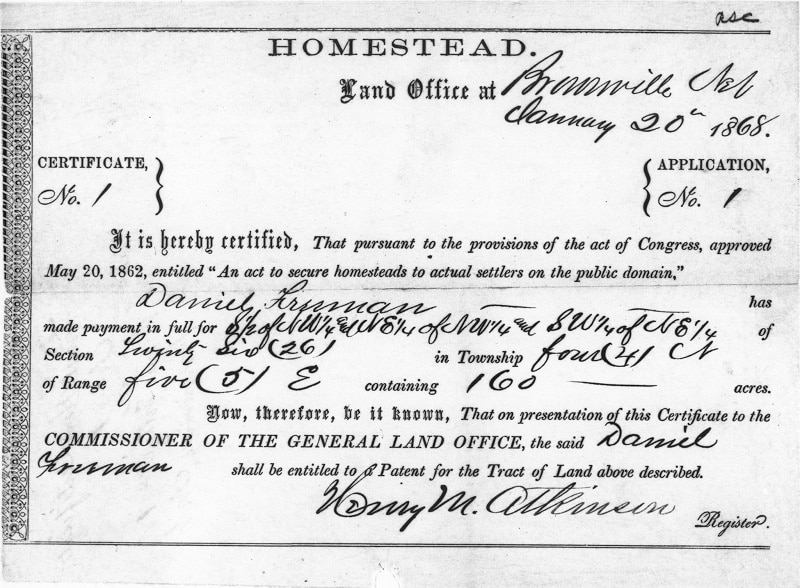
RELATED: 6 SURPRISING OKLAHOMA NATIONAL PARKS
Things To Do At Homestead National Historical Park
There are some fascinating historic places to visit including the Palmer-Epard Cabin, built in 1867, by George W. Palmer.
There’s also the Freeman School which serves as a reminder of the role the old one-room schoolhouse played in the history of the prairie frontier.
And, if you want to see what an actual homestead looks like, I recommend a visit Daniel Freeman’s homestead claim. Today the claim is a part of the Homestead National Monument.
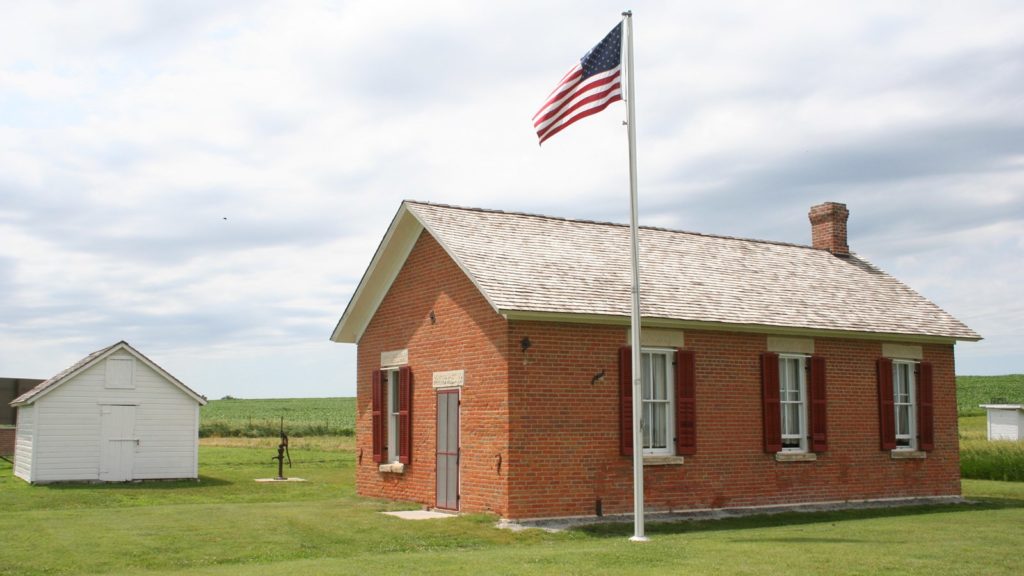
RELATED: LIST OF 128 BEST U.S. NATIONAL MONUMENTS RANKED
2. Missouri National Recreational River
Distance From Lincoln: Three hours via US-81 N.
Missouri National Recreational River is a protected area located on the border between Nebraska and South Dakota.
It is managed by the National Park Service and was established in 1978 to preserve a 100-mile stretch of the Missouri River, one of America’s longest and most historically significant waterways.
The park offers opportunities for outdoor recreation such as fishing, boating, camping, and hiking, as well as educational programs and exhibits about the history and ecology of the Missouri River.
Visitors can also explore the remains of several historic sites, including a steamboat landing and a trading post, that reflect the river’s important role in the development of the American West.

CHECK OUT: 5 MUST-SEE HISTORIC SITES IN MISSOURI
Activities include the following: biking, bird watching canoeing, fishing, hiking, hunting, and kayaking.
I also recommend checking out the Native American Scenic Byway. It extends through the Yankton Sioux Tribe in southeastern South Dakota along Bon Homme County Road 2.
The route takes travelers through scenic rolling hills of the Missouri River bottomlands, past the Yankton Sioux Treaty Monument and is intersected by the Oyate Trail near Wagner.
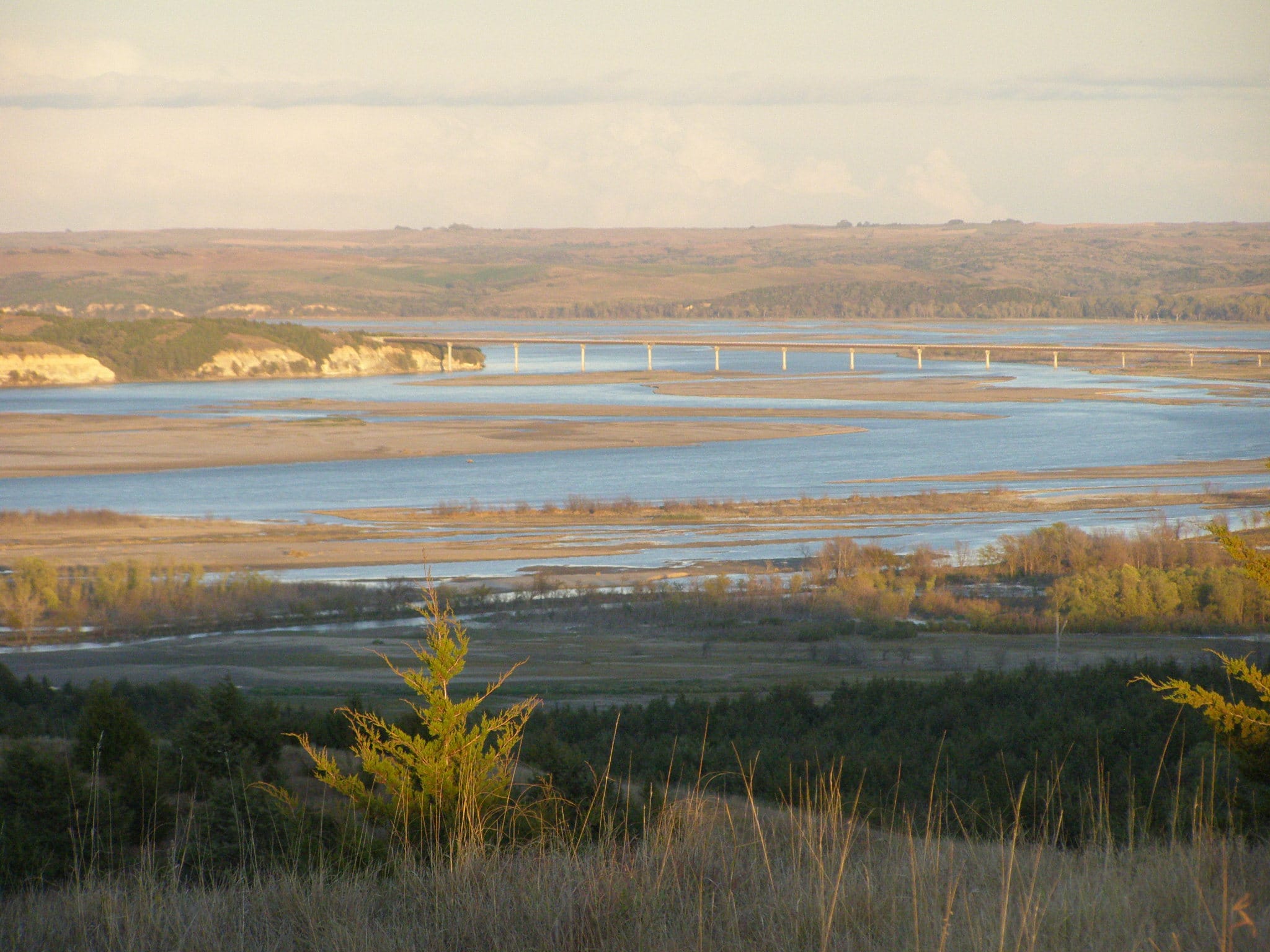
RELATED: 6 Missouri National Parks Worth A Stop On Your Next Midwest Road Trip
Biking And Hiking And Horseback Riding, Oh My
Close to the confluence of the Missouri and Niobrara Rivers, Niobrara State Park has 14 miles of hiking and mountain biking trails along with a 160 acre area for horseback riding.
Ponca State Park is another great place for hiking. Thousands of Nebraskans and South Dakotans alike hit the trails at this popular state park right along the shores of the Missouri National Recreational River every year.
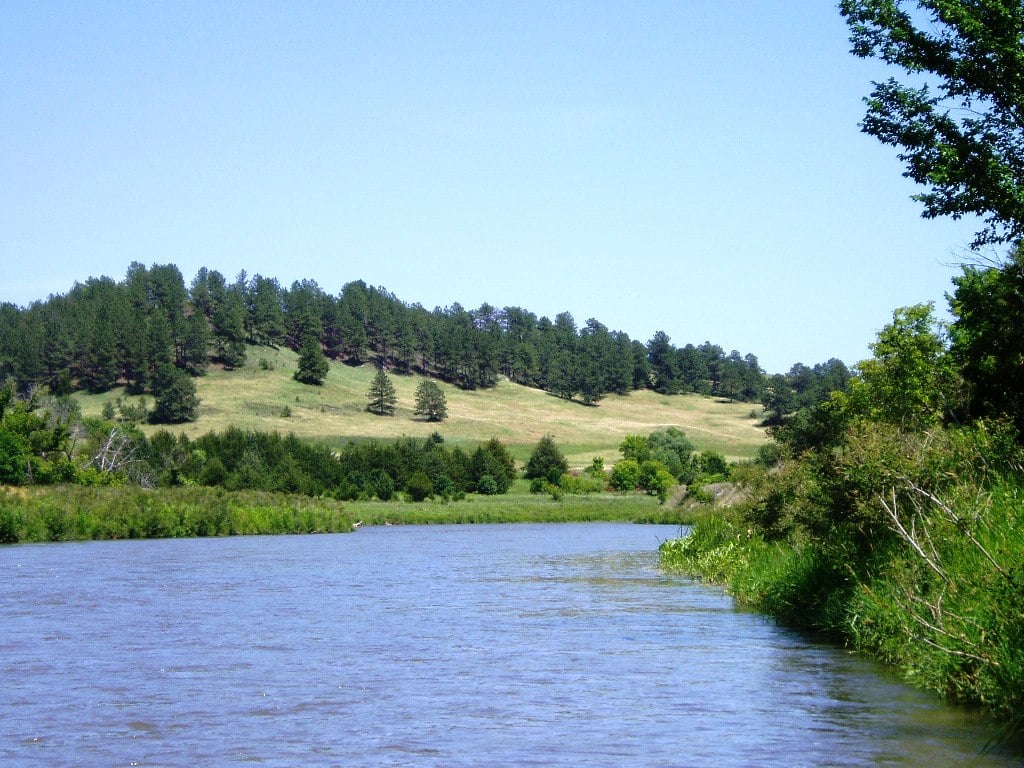
There’s Boating, Canoeing & Camping Too
The Missouri National Recreational River offers scenic views and a variety of river opportunities for all boaters.
If you want to explore the river the way that Lewis and Clark did then you ought to consider canoeing or kayaking. The Paddler’s Guide to the 39 and 59-mile district is a great way to prepare.
You can also visit the Missouri National Recreational River Water Trail and the Missouri River Outdoor Recreation Access Guide to get maps, resources and other helpful information.

Don’t Forget About The Bird Watching
According to the National Park Service, the Missouri River ecosystem is a significant pathway for migratory birds. Migrating species benefit from bottomland, which serves as wintering, feeding, breeding, and staging grounds.
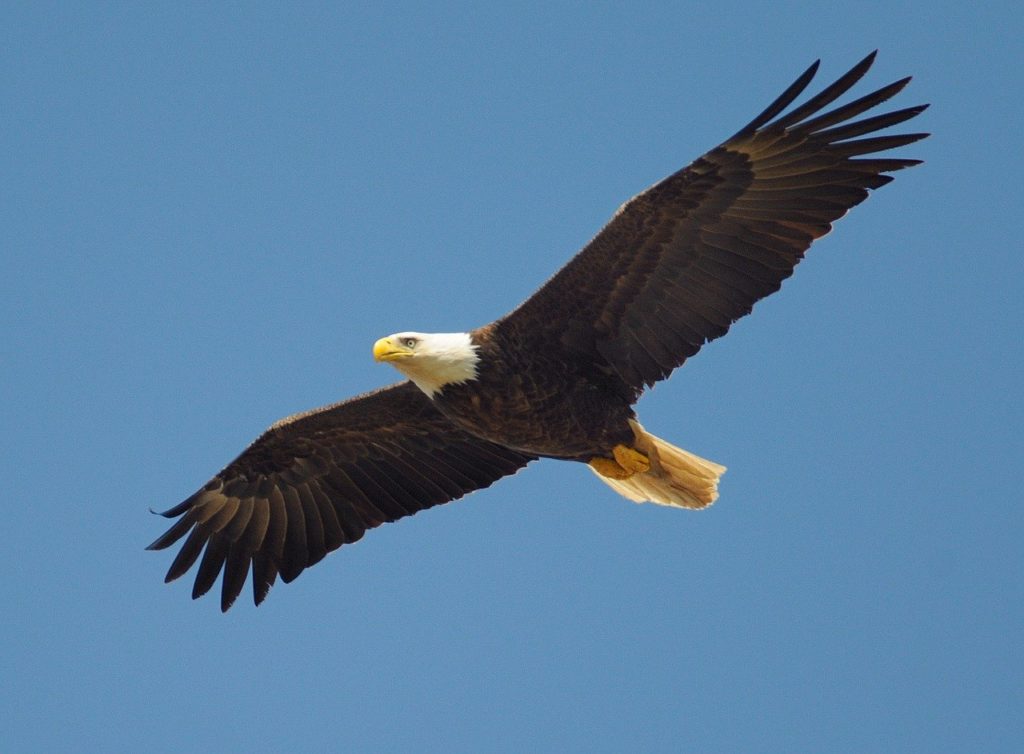
3. Niobrara National Scenic River
Distance From Lincoln: Four hours & 25 minutes via US-80 W & US-183 Hwy N.
As the National Park Service proclaims, it’s 76 miles of free-flowing fun. The Niobrara National Scenic River is a place where you can canoe, tube, or kayak.
It’s a family friendly river and offers scenic views of waterfalls, wildlife, and the unique geology of the Niobrara River Valley.
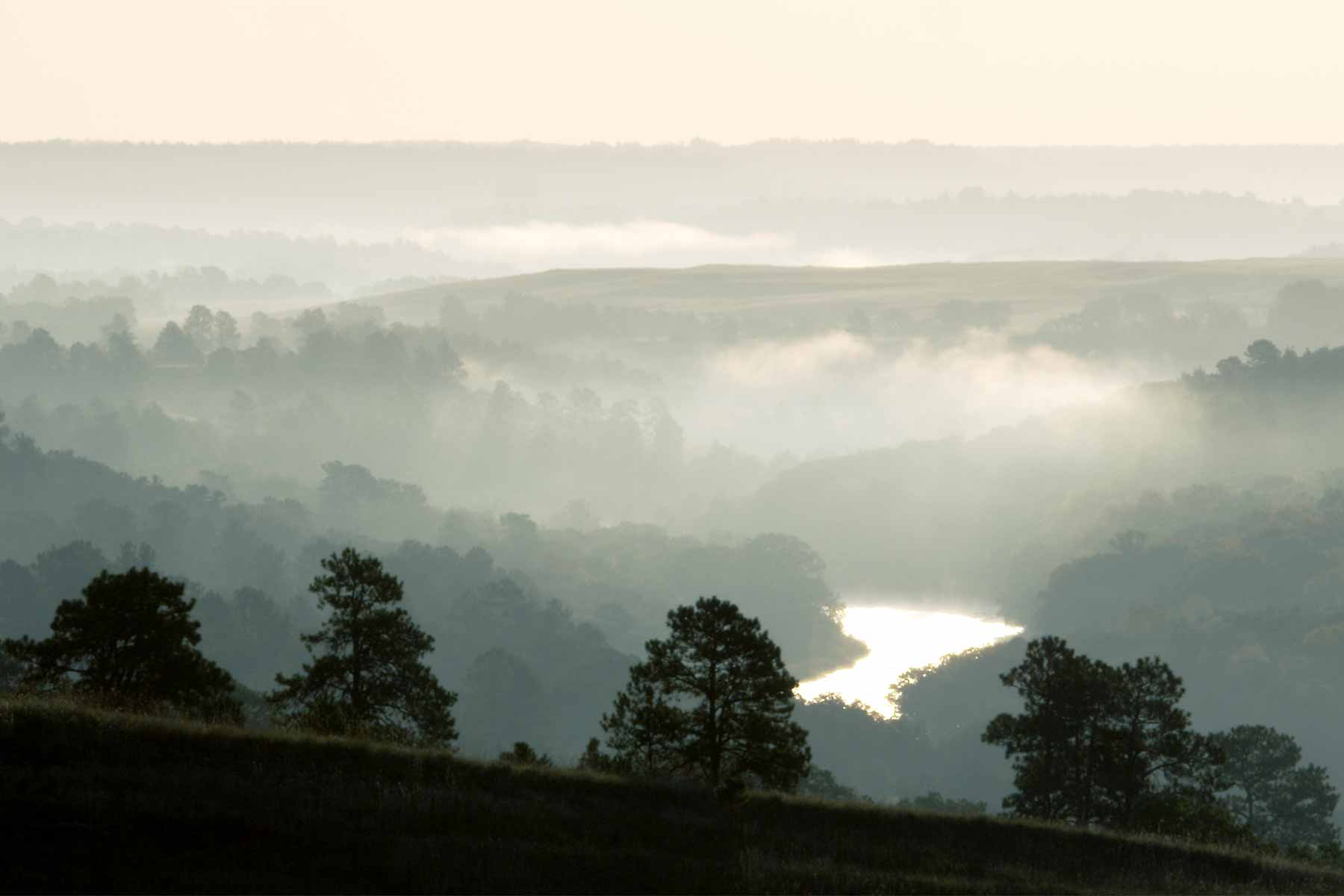
However you decide to go down this magnificent river, however, be sure to have proper safety equipment.
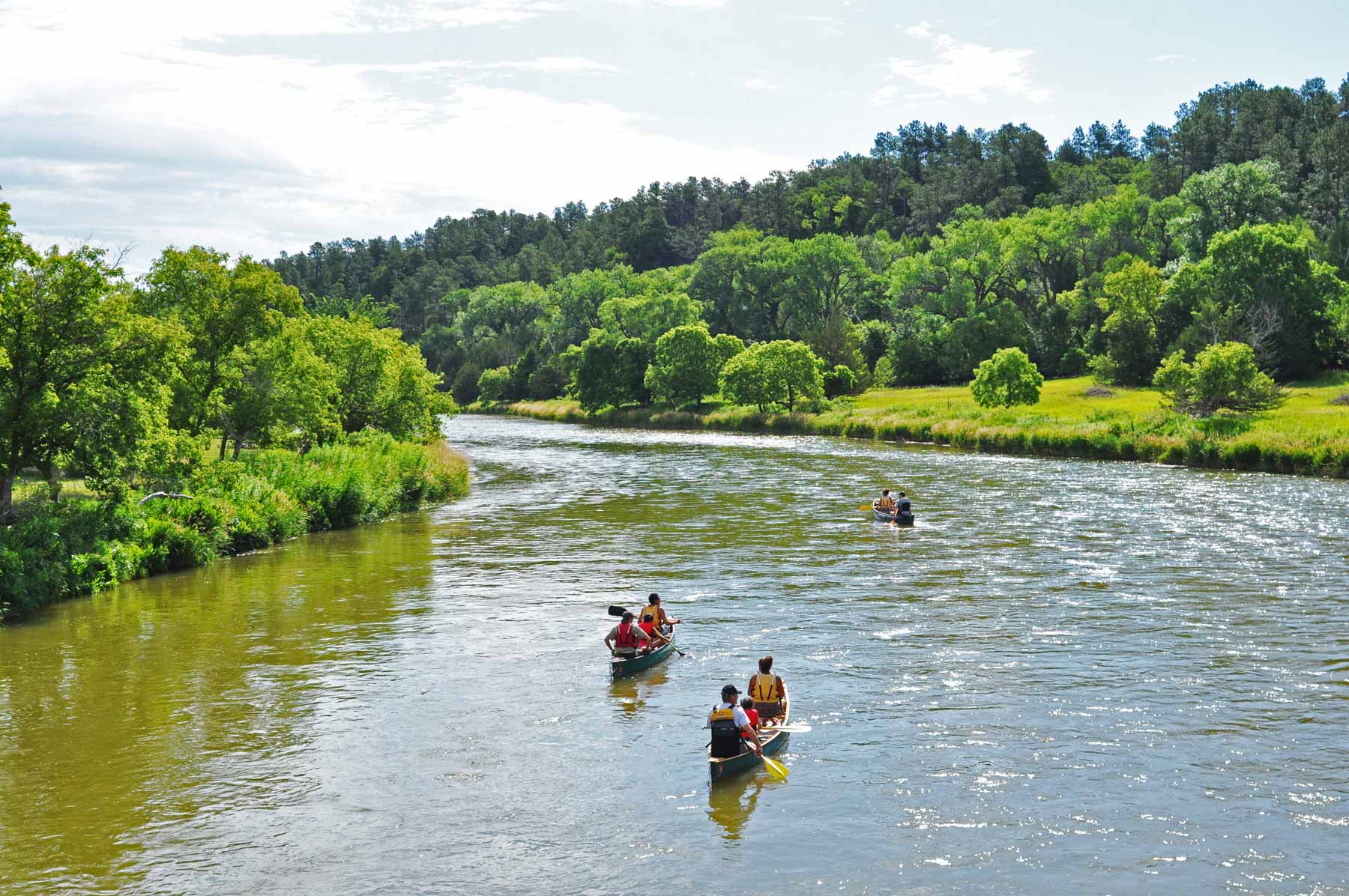
Or, You Could Take A Scenic Drive Along The River
The Lower Niobrara River Valley Scenic Drive travels along stretches of the lower Niobrara River and Verdigre Creek both located in the 39-Mile District of the Missouri National Recreational River.
There’s also the Outlaw Trail Scenic Byway which is a beautiful route that includes hills, valleys, and jagged cliffs. It follows Nebraska Highway 12 from South Sioux City to Valentine for 231 miles.
The highway retraces much of the path where outlaws such as Doc Middleton, Kid Wade and their associates used to hideout.
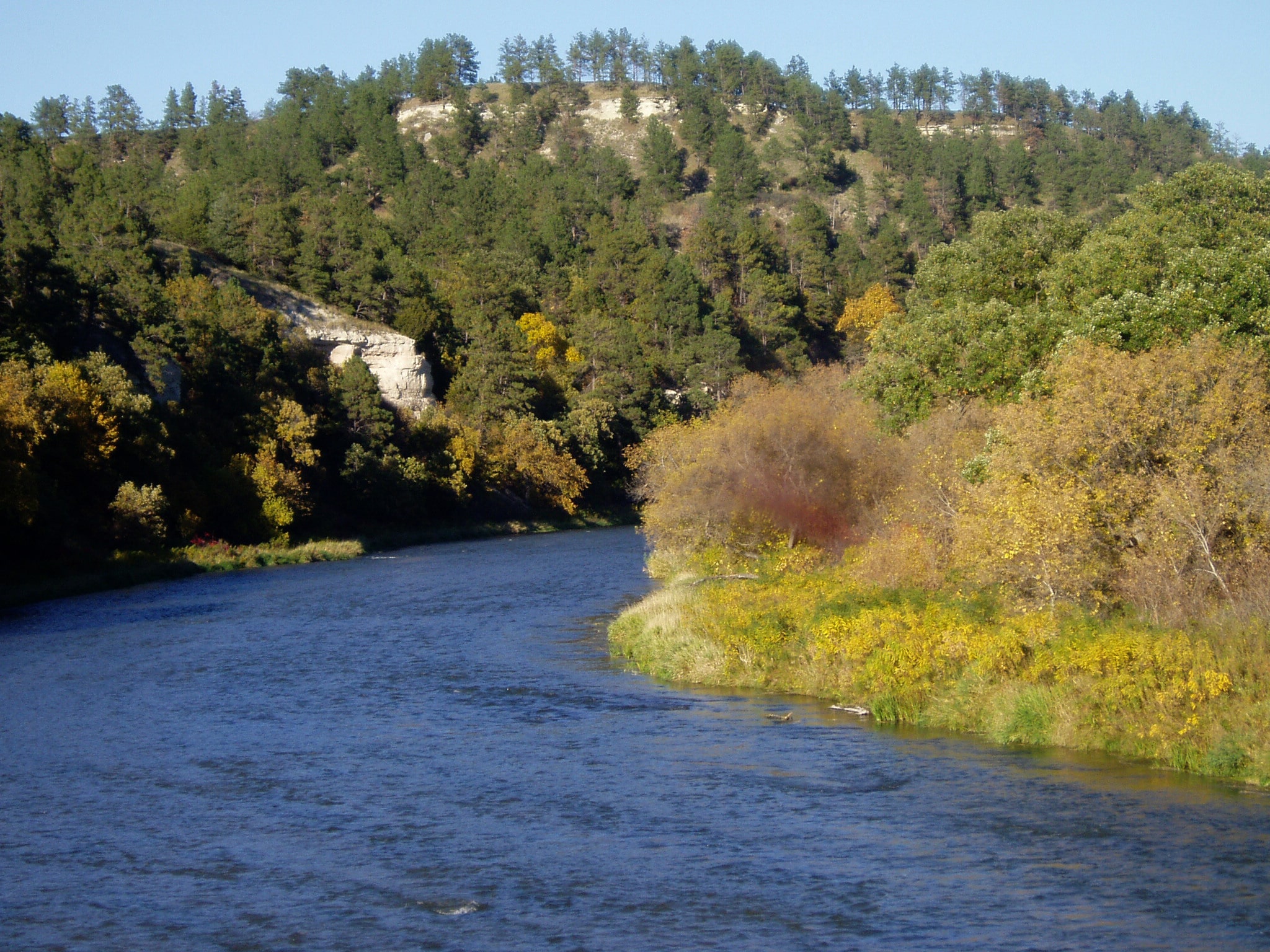
RELATED: 10 EPIC MONTANA NATIONAL PARKS WORTH VISITING
4. Scotts Bluff National Monument
Distance From Omaha: Six hours via I-80 W.
Granted, it’s a long day’s drive from Lincoln, but well worth the time spent in your car especially if you travel with folks you get along with.
Scotts Bluff National Monument is a geologic wonder. It towers 800 feet above the North Platte River and has served as a landmark for peoples from Native Americans to Americans on a westward migration.
It’s chock full of geological and paleontological history. And human history too. There’s much to discover while exploring the 3,000 acres of Scotts Bluff National Monument.
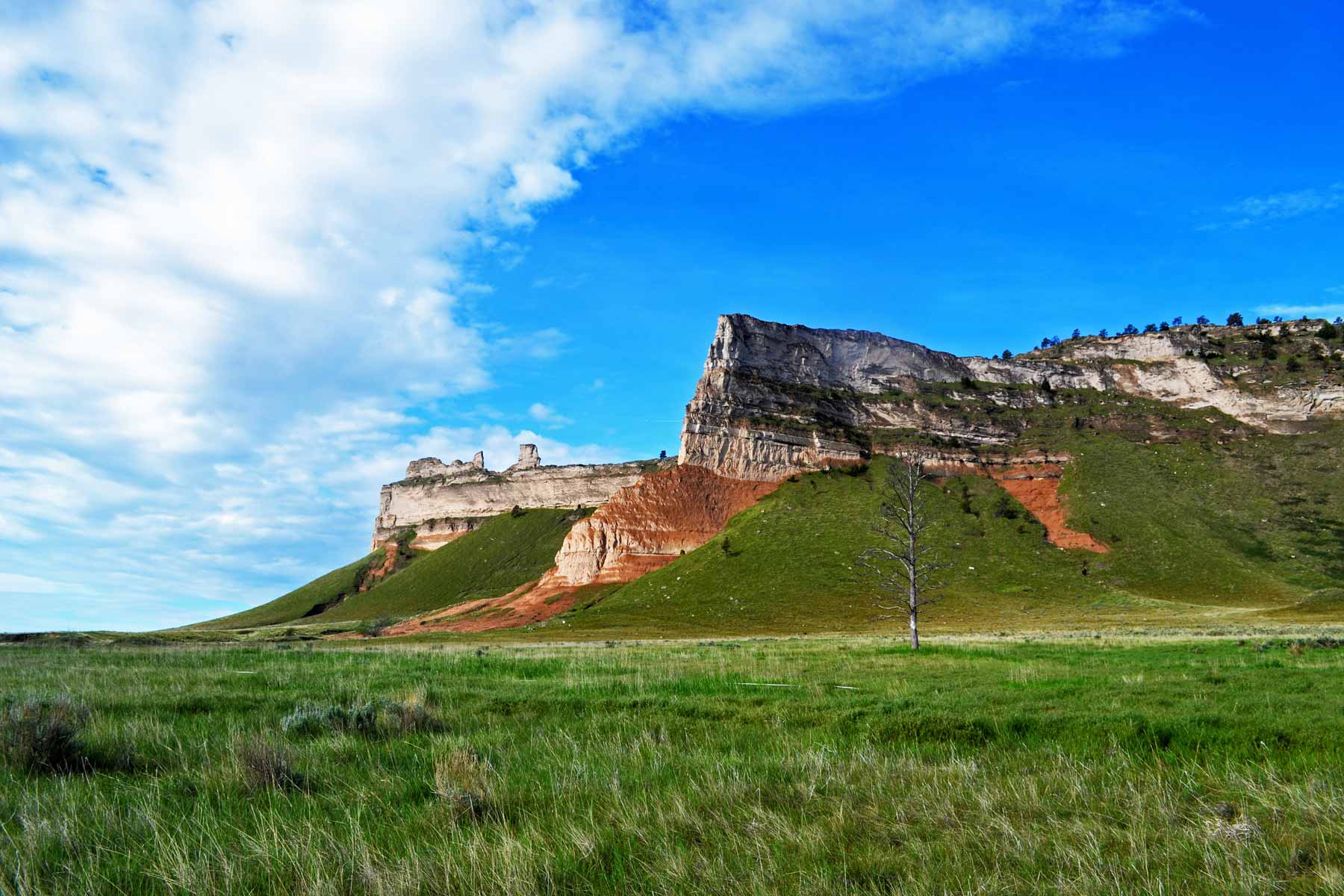
CHECK OUT: 25 BUCKET-LIST FAMOUS HISTORIC LANDMARKS IN AMERICA (MUST-SEE)
Nearly Four Miles Of Hiking Trails
You will find almost four miles of hiking trails at the Scotts Bluff National Monument. Please remember to stay on the trails at all times however.
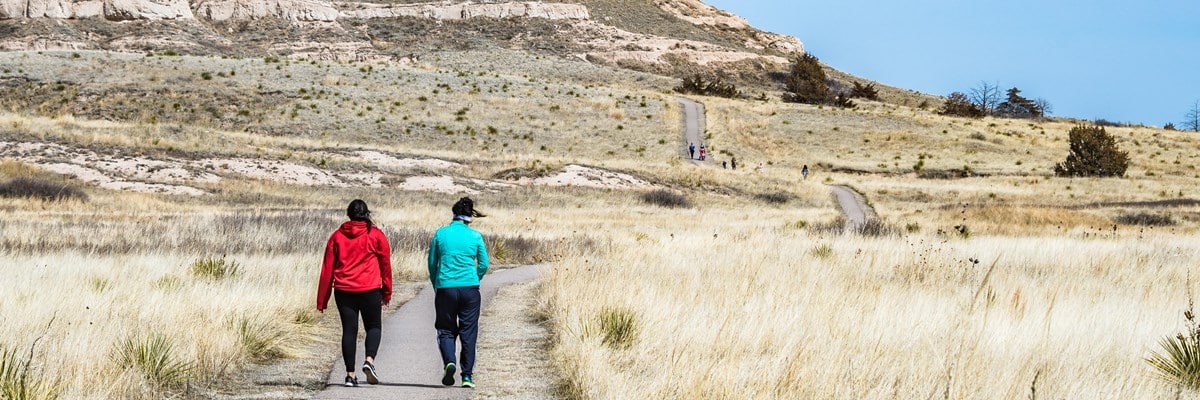
RELATED: 20 BEST HIKING APPS (EXPERT GUIDE)
The rock along Summit Trails and Saddle Rock Trail is soft and crumbly; leaving the paved trails can be extremely dangerous.
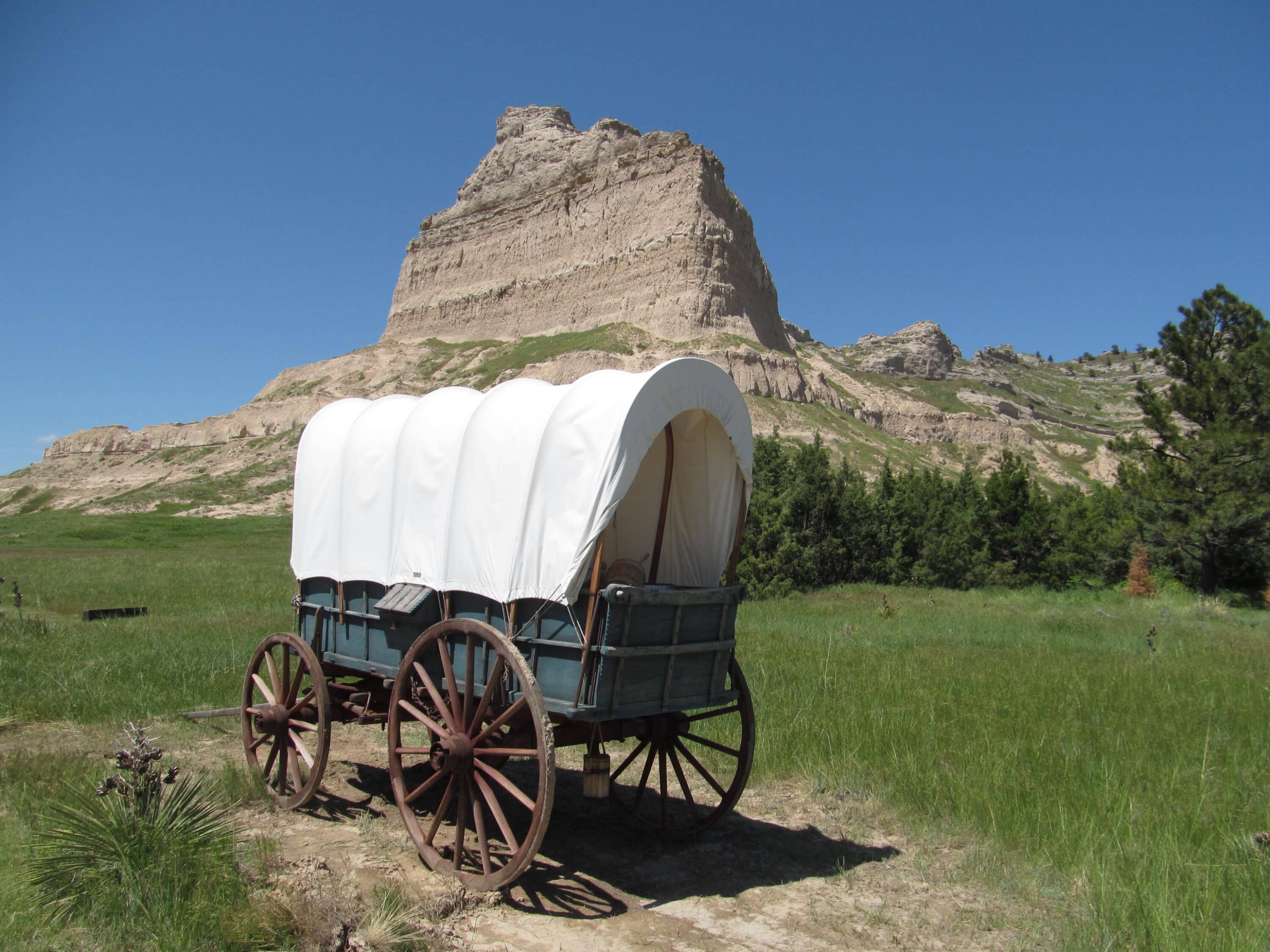
William Henry Jackson Collection
William Henry Jackson was an extraordinarily gifted photographer best known for his iconic images of Yellowstone National Park.
He was also a gifted artist whose drawings and paintings provide valuable insights to life in a time when America was suffering through the Civil War and venturing westward in search of a national identity.
Scotts Bluff National Monument houses the world’s largest collection of original William Henry Jackson sketches, paintings, and photographs. (Source: National Park Service)

Seeing The Flora & Fauna At Scotts Bluff
Scotts Bluff National Monument is one of the few places in the Panhandle of Nebraska where wildlife is protected in a natural environment.
There you will find various species of reptiles, amphibians, birds, mammals and invertebrates.
Wildlife commonly seen include coyote, mule deer, prairie dogs and rattlesnakes.
You can also find a variety of plants including Plains Prickly Pear, Ponderosa Pine, Rocky Mountain Juniper, Soapweed Yucca and Winterfat.
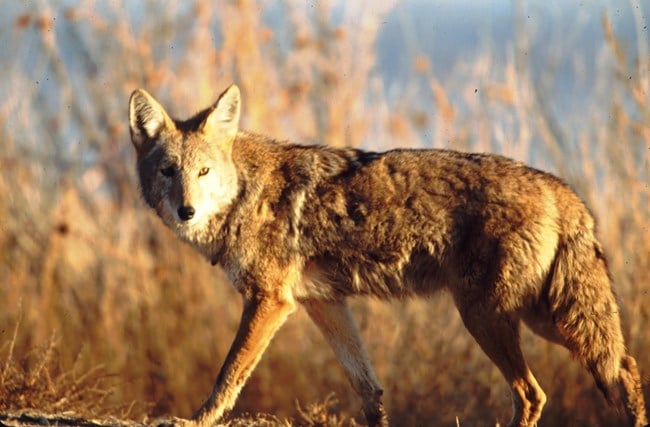
National Parks Near Lincoln FAQ
You may be surprised to learn that there are five national parks in Nebraska.
Lincoln is home to the University of Nebraska, Lincoln, the Nebraska State Capitol, and plenty of other interesting and historical attractions. Through the decades, the city has been a political hub, a foodie haven and a center for culture in Nebraska.
Why Trust Us About National Parks Near Lincoln?
We’re Jim Pattiz and Will Pattiz, collectively known as the Pattiz Brothers (and sometimes the Parks Brothers) and we absolutely LOVE the national parks.
You should probably know that we don’t just make this stuff up out of thin air. We’ve spent our entire adult lives exploring and filming America’s national parks and public lands.
We’ve worked with the National Park Service, the Department of Interior, USDA, and the U.S. Forest Service for years creating films on important places and issues. Our work has been featured in leading publications all over the world and even some people outside of our immediate family call us experts on the national parks.
Meet The Parks Brothers
Map Of National Parks Near Lincoln
List Of National Parks Near Lincoln
- Homestead National Historical Park
- Missouri National Recreational River
- Niobrara National Scenic River
- Scotts Bluff National Monument
We Hope You’ll Follow Our Journey

Our goal here at More Than Just Parks is to share the beauty of America’s national parks and public lands through stunning short films in an effort to get Americans and the world to see the true value in land conservation.
We hope you’ll follow our journey through the parks and help us to keep them the incredible places that they are. If you’re interested in joining the adventure then please sign up below!

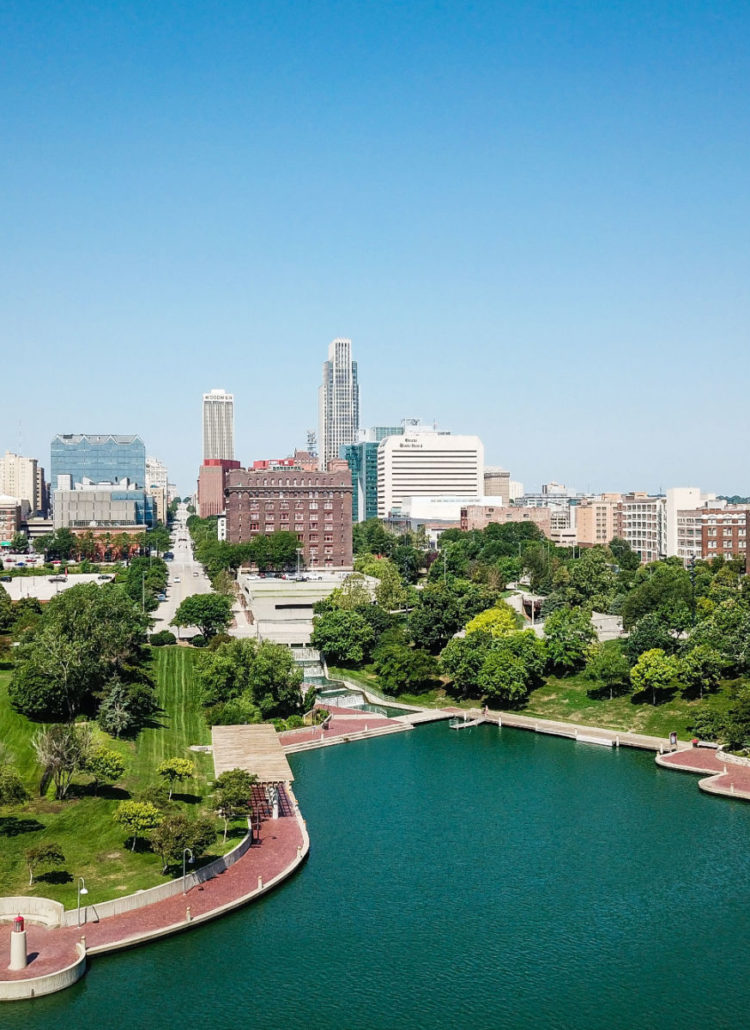
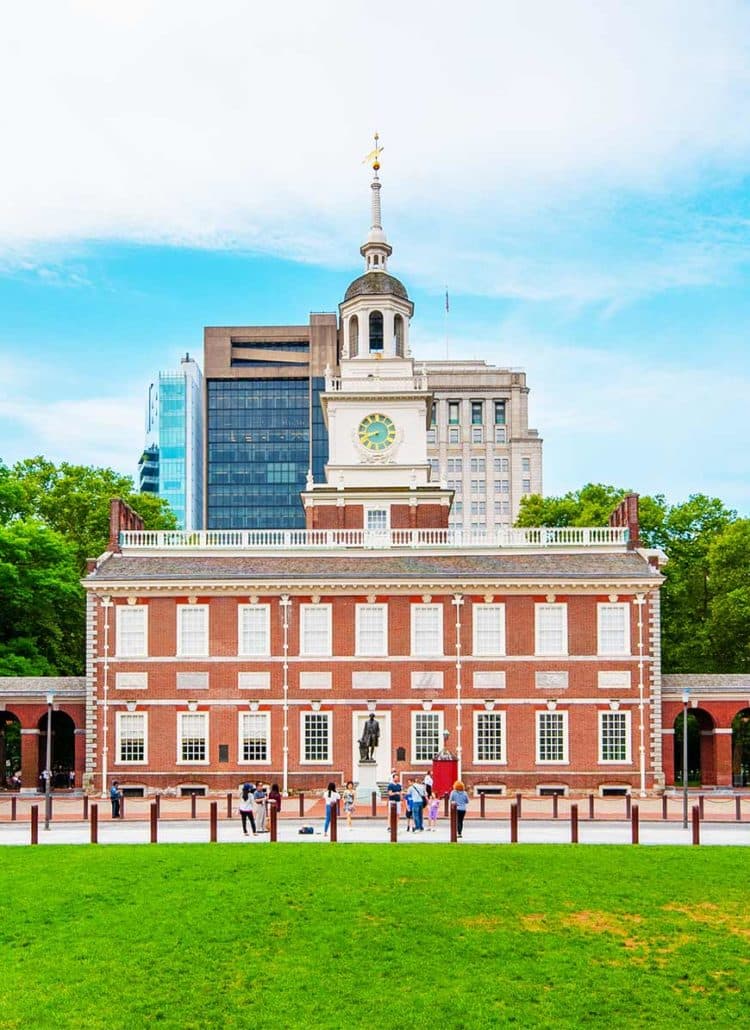
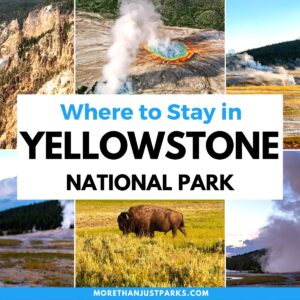

Leave a Reply